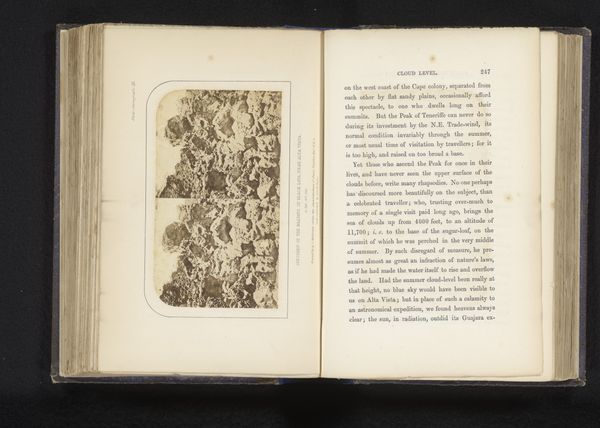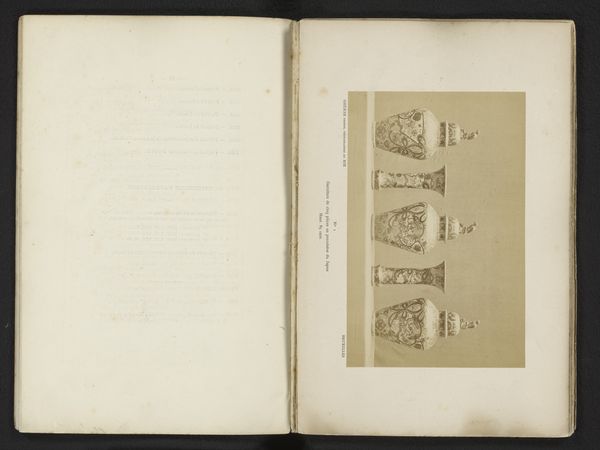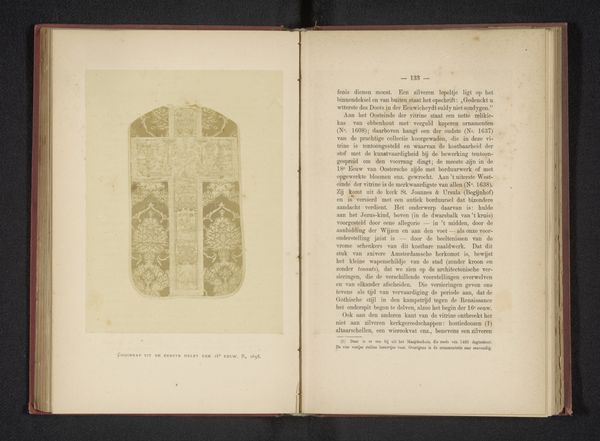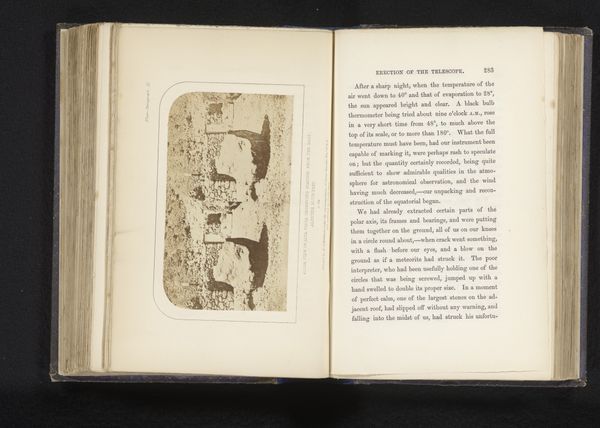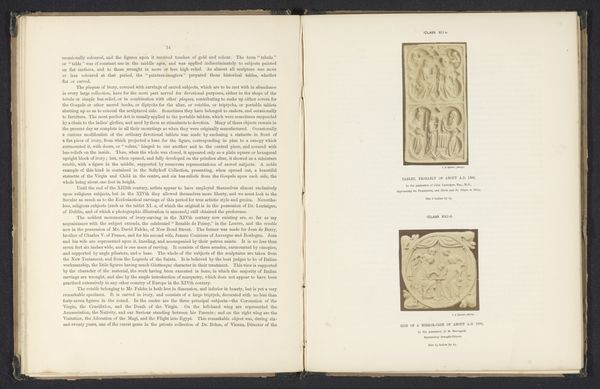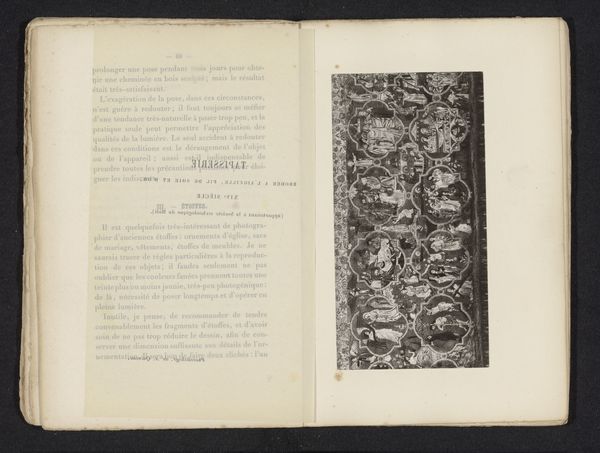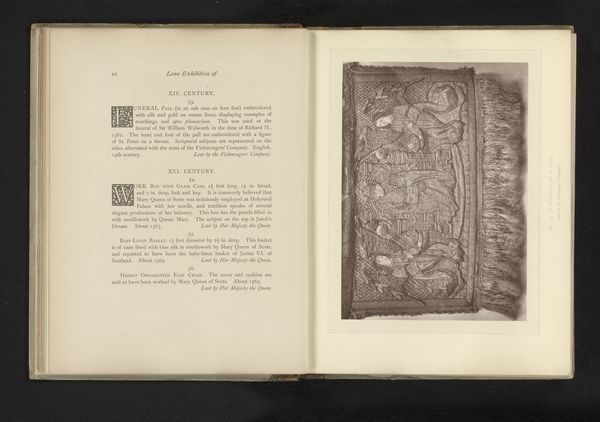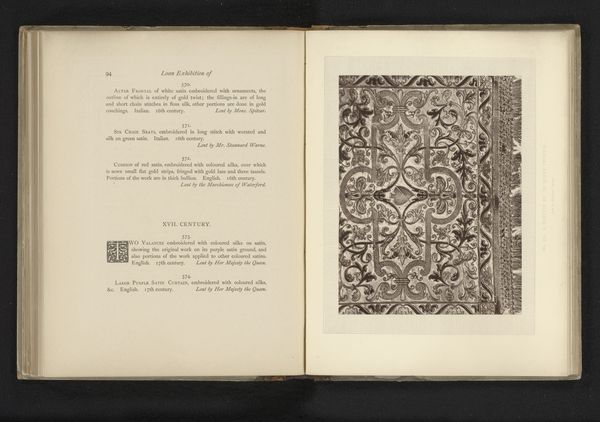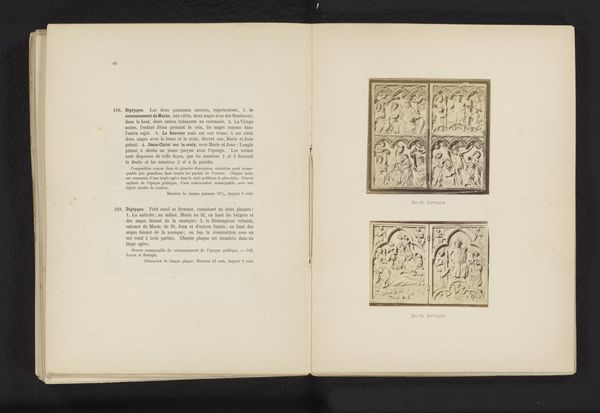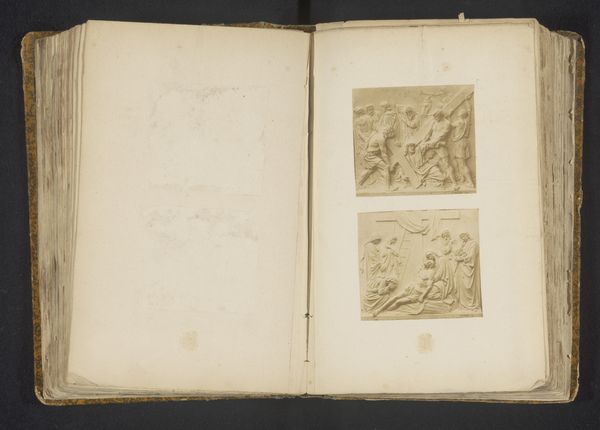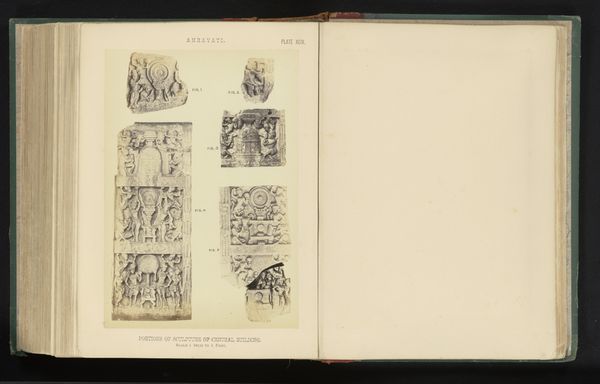
Compositie van portretten van de begeleidende eskadrons van prins George van Wales en prins Albert Victor van Wales before 1881
0:00
0:00
drawing, print, paper, photography, ink, albumen-print
#
portrait
#
drawing
# print
#
paper
#
photography
#
ink
#
coloured pencil
#
history-painting
#
academic-art
#
albumen-print
Dimensions: height 113 mm, width 186 mm
Copyright: Rijks Museum: Open Domain
Curator: Oh my, it's like a stamp collection gone slightly wild. Editor: Precisely! This peculiar page, titled 'Compositie van portretten van de begeleidende eskadrons van prins George van Wales en prins Albert Victor van Wales,' thought to have been completed before 1881 by Foster & Martin, is teeming with tiny portraits. Mostly drawing, print, and some early photography. Curator: A gaggle of faces, pressed together like eager students in a class photo, only the tones feel antique, faded. A sort of elegant sepia dominates, doesn't it? I am particularly moved by this sense of almost anonymity mixed with officiality. Editor: What strikes me is the sheer density of these portraits. The layering of these men, quite literally, raises so many questions. Who were these 'eskadrons'? Were they simply in service of these princes? Or were these portraits a conscious assertion of social status through association, creating a visual record of the monarchy's power and reach? The act of photographing itself during that period was a political act and, even, almost subversive. Curator: Power indeed! I am not surprised you'd bring that forward, dear activist. Still, I see something touchingly ephemeral as well—each face, despite its formal pose, whispers of lives lived, experiences embraced. Don't you find an ironic familiarity within each carefully placed photograph, particularly considering how they were composed for posterity? Editor: Interesting! Though you sense the intimate in it, I feel it embodies an ambition tied to imperial presentation. The stiff collars and precisely groomed facial hair underscore a performance of masculinity integral to the broader aims of empire, don't they? We cannot forget who is watching. Curator: Maybe that is what draws me in further: they stand straight, each image fixed in tone and intention, but somehow also convey so many dreams. Editor: An early exercise in visual network analysis then? These are interesting entryways for questioning constructions of class, service, and duty and how photography functions to represent status. The "Eskadrons" can mean many layers of connection at once: the artwork seems to pose these questions intentionally. Curator: Leaving us only to speculate and imagine. A quiet artwork speaking volumes, and an unusual piece to inspire our curiosities regarding the role of portraiture. Editor: Indeed. The interplay of so many mediums to explore portraiture speaks for itself—and this book is now opened to newer readings today.
Comments
No comments
Be the first to comment and join the conversation on the ultimate creative platform.
